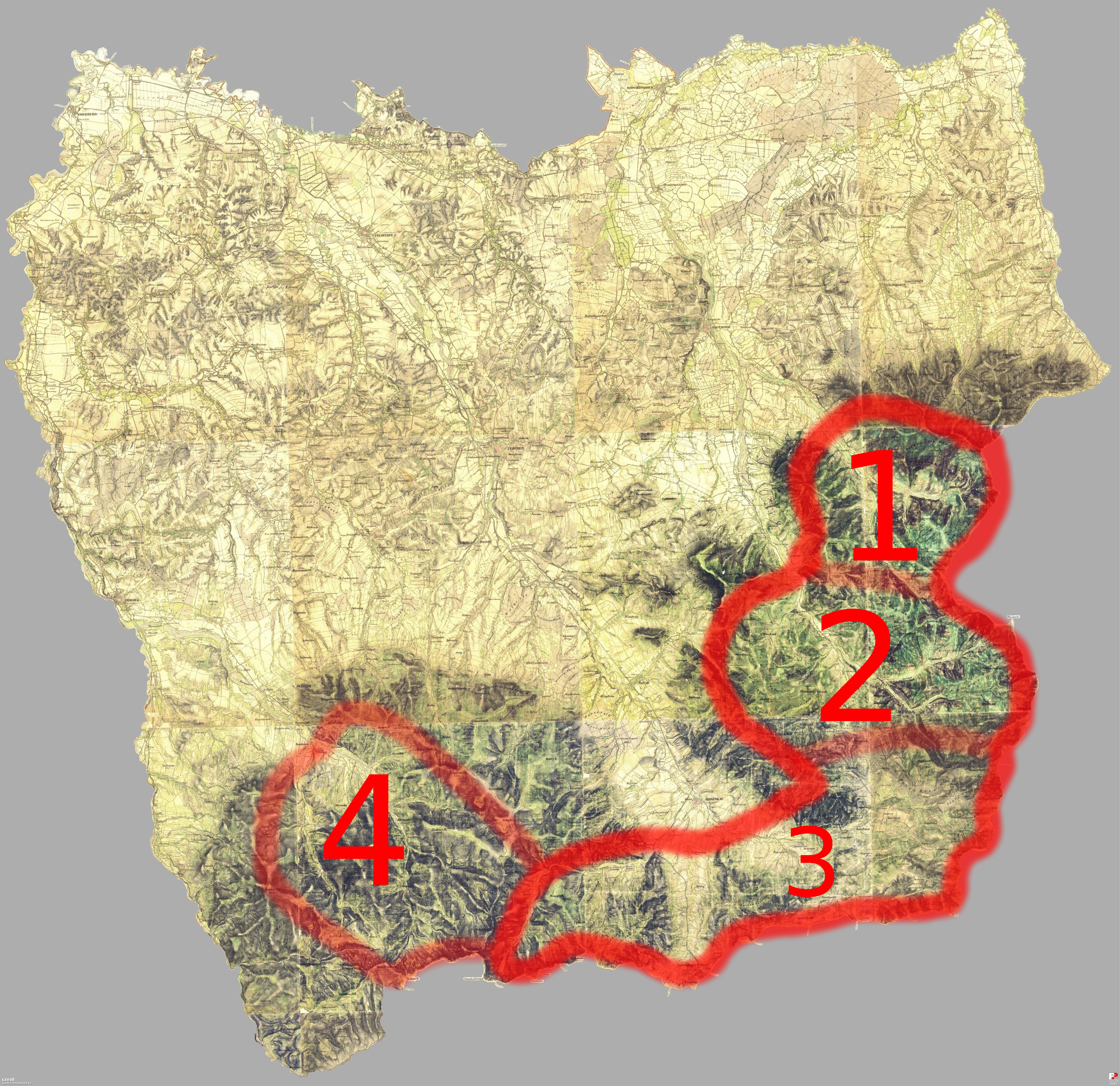|
Gorals
The Gorals ( pl, Górale; Goral dialect: ''Górole''; sk, Gorali; Cieszyn Silesia dialect, Cieszyn Silesian: ''Gorole''), also known as the Highlanders (in Poland as the Polish Highlanders) are an indigenous ethnographic or ethnic group primarily found in their traditional area of southern Poland, northern Slovakia and in the region of Cieszyn Silesia in the Czech Republic, where they are known as the Silesian Gorals. There is also a significant Goral diaspora in the area of Bukovina in western Ukraine and in northern Romania, as well as in Chicago, the seat of the Polish Highlanders Alliance of North America. History In the 13th century, Vlach shepherds migrated to the Divisions of the Carpathians#Western Carpathians (province), Western Carpathian mountains, gradually moving northwest from the Balkans and settling on History of Poland during the Piast dynasty, Polish lands there. In the 16th and 17th centuries, Gorals settled the upper Kysuca and Orava (river), Orava rivers an ... [...More Info...] [...Related Items...] OR: [Wikipedia] [Google] [Baidu] |
Silesian Gorals
Silesian Gorals ( pl, Górale śląscy, cs, Slezští Goralé, Cieszyn Silesia dialect, Cieszyn Silesian: ''Gorole''; literally "highlanders") are an ethnographic group (subgroup of Gorals) living in Silesian Beskids and Moravian-Silesian Beskids within historical region of Cieszyn Silesia. They are one of the four major ethnographic groups of Cieszyn Silesia. Vlachs, Vlach colonization of Silesian Beskids began in the late 15th century roughly at the time when Brenna, Poland, Brenna was first mentioned in 1490. It peaked in two following centuries. The group now shares a lot of cultural traits with other Gorals of Western Carpathians stemming from a common way of living from shepherding in mountainous pastures, but they are also characterised by various different cultural and spiritual elements like dialect, beliefs, customs, costume, etc. Wincenty Pol in his survey of Gorals in the middle of the 19th century subdivided Silesian Gorals into 4 groups: * Breniacy – in Brenna, ... [...More Info...] [...Related Items...] OR: [Wikipedia] [Google] [Baidu] |
Podhale
Podhale (literally "below the mountain pastures") is Poland's southernmost region, sometimes referred to as the "Polish Highlands". The Podhale is located in the foothills of the Tatra range of the Carpathian mountains. It is the most famous region of the Goral Lands which are a network of historical regions inhabited by Gorals. Local folklore The region is characterized by its unique folklore, which is distinct from other folk cultures in Poland. Its folklore was brought there mainly by settlers from the Lesser Poland region further north and partly by Wallachian (Vlach) settlers in the centuries during their migrations. The name Podhale literally translates as "below the mountains" in English. The various Goral dialects as well as Polish are spoken in the region. Regional attractions Among the region's attractions are the popular mountain resort of Zakopane and the lake known as Morskie Oko ("The Eye of the Sea"), which local legend claims, is connected to the Adriati ... [...More Info...] [...Related Items...] OR: [Wikipedia] [Google] [Baidu] |
Peasant Rebellion In Podhale
The Peasant rebellion in Podhale (1669-1670) was a rebellion of rural Goral residents of the region of Podhale in present day southern Poland and a few villages in present day northern Slovakia Slovakia (; sk, Slovensko ), officially the Slovak Republic ( sk, Slovenská republika, links=no ), is a landlocked country in Central Europe. It is bordered by Poland to the north, Ukraine to the east, Hungary to the south, Austria to the s ... against the high taxes imposed on them by the government of the Polish–Lithuanian Commonwealth. It resulted in the defeat of the rebels and end of the Podhale, Podhale Republic. In the Polish–Lithuanian Commonwealth, the Gorals of Podhale frequently opposed local authorities, high taxes and the rule of the szlachta, nobility: the best known of these revolts was the Kostka-Napierski Uprising, which took place in 1651. In late September 1669, a heavy cavalry unit of Jan Wielopolski (see Towarzysz pancerny, Choragiew (military unit)) came ... [...More Info...] [...Related Items...] OR: [Wikipedia] [Google] [Baidu] |


